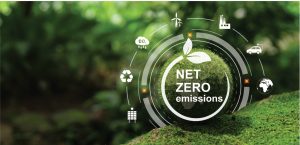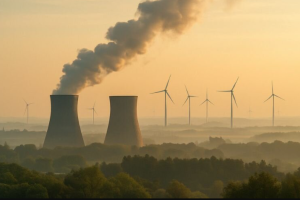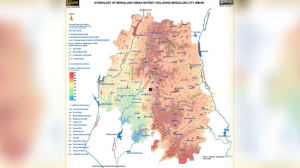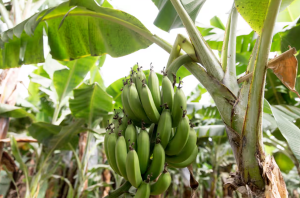
5 Reasons Companies Are Adding Renewable Energy Credits to Their Net-Zero Emissions Programs
Companies are increasingly incorporating Renewable Energy Credits (RECs) into their net-zero emissions strategies for several key reasons. RECs help align clean energy use with real-time operations, enabling more accurate and credible sustainability claims. They support the infrastructure behind renewable energy markets and offer companies a flexible yet impactful way to reduce Scope 2 emissions. By investing in RECs, organizations not only meet environmental goals but also contribute to the growth of clean energy generation. Overall, RECs serve as a practical and verifiable tool in the transition toward net-zero emissions.










